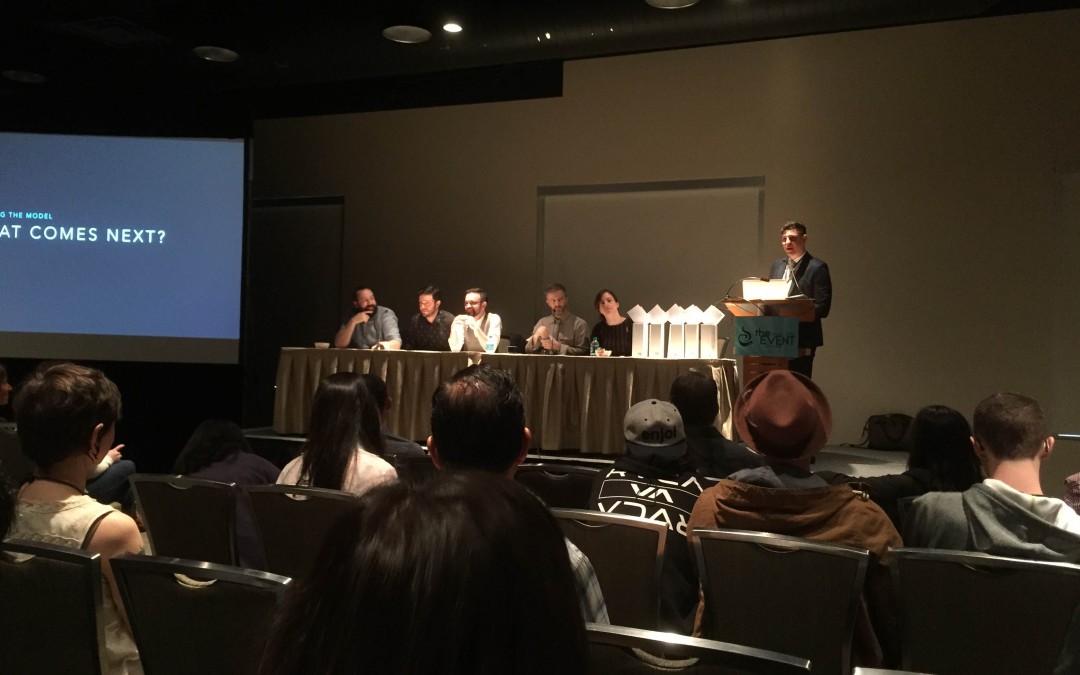
by Clayton Johnson | Apr 22, 2015 | Uncategorized |
Welcome back. Little bit of a mash-up of our Tuesday and Friday post this week to help me during finals as well as feature our first interview for the blog. This week I was lucky enough to have a chance to sit down with Tim Morris, owner of Caffé Belleza, and discuss the Specialty Coffee Association of America’s annual “Event.” Tim has been in coffee 10 years and holds a Barista Guild of America level 1 certification. Since Caffé Belleza’s opening in November, 2013, he has mobilized specialty coffee in the Triangle. So we got a couple of Middle East Cold Brews from Cocoa Cinnamon (slow brewed iced coffee brewed with cardamom, rose petals and vanilla bean) and snagged a seat outside. A couple weeks ago, Tim found his way to Seattle for SCAA’s “Event” where coffee professionals all over the world convened. “Calling it “the Event,” is fair. For coffee professionals, there are so many dimensions of the industry and they’re all represented there,” said Tim. “For me, I just got to enjoy it.” Farmers, roasters, baristas, CEOs, equipment retailers, and enthusiasts just cover the broad spectrum. It’s where innovation and learning come to the forefront of the industry. If there’s something new and exciting, it’s at the Event. “It’s kind of this vibe where people are eager to see who’s got the next big thing, who’s got chops,” said Tim. It was the buzz around Seattle. Greetings were warm but the weather has built them tough in the northwest. Everyone wants to see what you’re made of. Fortunately, the battle for excellence never tasted so good. It...
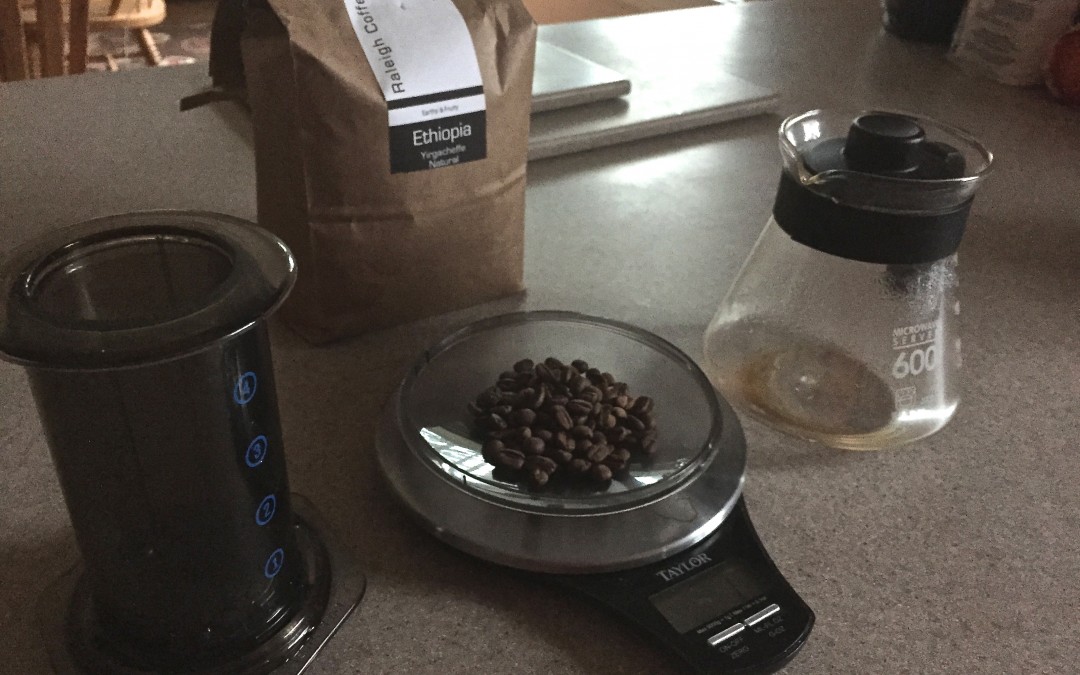
by Clayton Johnson | Apr 17, 2015 | Uncategorized |
Today marks one week till I’m finished at UNC at Chapel Hill (excluding finals week). Feels like I’m already there. Wake up, open my laptop, check my emails, check twitter, grab more coffee. Questions raking through my brain. What am I supposed to be doing? Why am I not doing it? How is coffee not helping? What am I doing after college? I’m in the thick of it y’all (it’s okay because we’re in the south). Paper after paper, test after test. I’m in conversational french, but I don’t know a word that the instructor is saying. My motto: Nod your head, say “Oui,” write something in your notebook. French on no sleep is like coffee on empty stomach: not fun. Doesn’t stop me though, off to another coffee shop, maybe that’ll help. For those that keep up, little “full circle” as I sit in Open Eye Café drinking Carrboro Coffee’s Cup of Excellence: Rwanda (see our Rwanda write-up with Scott Conary). They set me up with a pour-over. First aroma is sweet, like a maple syrup, then follows with a floral note like lavender (disclaimer: I’m no seasoned professional). The drink is smooth and silky. Overall though, I’m not blown away. I don’t think its the coffee though, something just needs to spice it up (talking of a different brew method, please don’t add anything to this high-profile coffee). First thought: Bring in the AeroPress. This beautiful plastic syringe looks like its straight out of your thanksgiving kit. Overview: A very portable contraption that will save you time in the morning if you’re brewing your coffee manually....
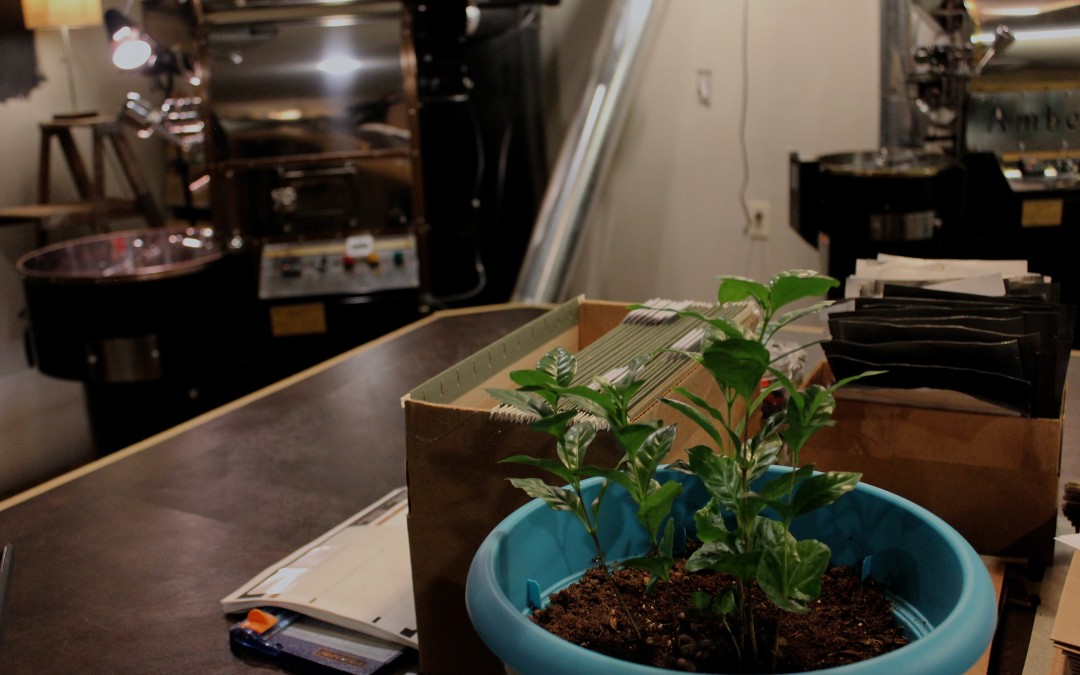
by Clayton Johnson | Apr 14, 2015 | Uncategorized |
Welcome to post 7 of our weekly industry thread and second installment of “You’re Coffee Landscape!” (here’s part 1) In our last post of this mini-series, we talked about how coffee is the leading commodity from developing countries (including both Robusta and Arabica). We also worked through some of the big name brands of coffee such as Starbucks, Folgers, Maxwell House, and Keurig Green Mountain Inc. The main idea was looking at the political choice of what coffee you’re going to buy and who it supports. This week we keep that in mind but through a filter: Coffee Rust. The Pathogen is Hemileia vastatrix. The American Phytopathological Society discusses its importance saying it is, “the most economically important coffee disease in the world,” while “in monetary value, coffee is the most important agricultural product in international trade”. Coffee Rust is a fungus and form lesions on the leaves until it causes premature defoliation of the plant where it weakens the plant and hurts the current, and consequential yields of the tree (Coffee Rust). This fungus was first reported in 1861 and has since spread to every country it is produced in, hurting crop yields. The issue though is the current spike in the fungus due to climate change. National Public Radio reported that residents in Olpa, Guatemala, don’t think this issue will be solved easily. They reported that coffee rust in Guatemala now covers 70 percent of crops and has led to the loss of 100,000 jobs. In the report Francisco Anzueto, on the Guatemalan Coffee Board: Anacafe, said, “now that it’s hotter, the rust has spread to higher...
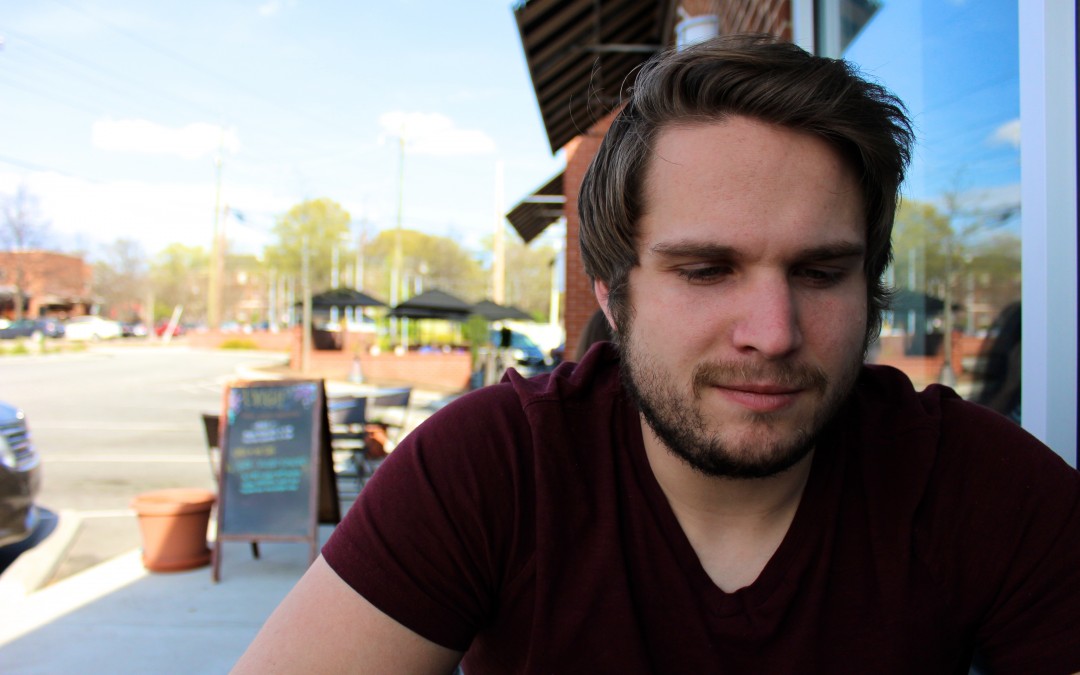
by Clayton Johnson | Apr 10, 2015 | Uncategorized |
Recently, in my Communication and Leadership class, we had to write a small essay for thisibelive.org. From their about section: “This I Believe, Inc., was founded in 2004 as an independent, not-for-profit organization that engages youth and adults from all walks of life in writing, sharing, and discussing brief essays about the core values that guide their daily lives.” Her only criteria was that it relates to leadership and start with a specific quote. She encouraged us to write about our personal lives and incorporate our passions. When I finished, I realized I wanted to share it with you, our blog readers. “The point is not to become a leader. The point is to become yourself, and to use yourself completely – all your gifts, skills and energies – to make your vision manifest. You must withhold nothing. You must, in sum, become the person you started out to be, and to enjoy the process of becoming.” Warren Bennis (2009), On Becoming a Leader. Basic Books As I read Bennis’ quote and prepare to graduate in May, I think of what will define me in this new period of my life. In thinking about my passion, and myself, I discovered a simple phase: I believe in making a good cup of coffee. It is ironic, right? A college education, professional experience, and it all surmounts into a 12-ounce cup (maybe even less). Yet, I think it represents a mantra for what the coffee industry should be about and a philosophy for a greater good. Let me explain why. I don’t see coffee as just as a diner cup or...
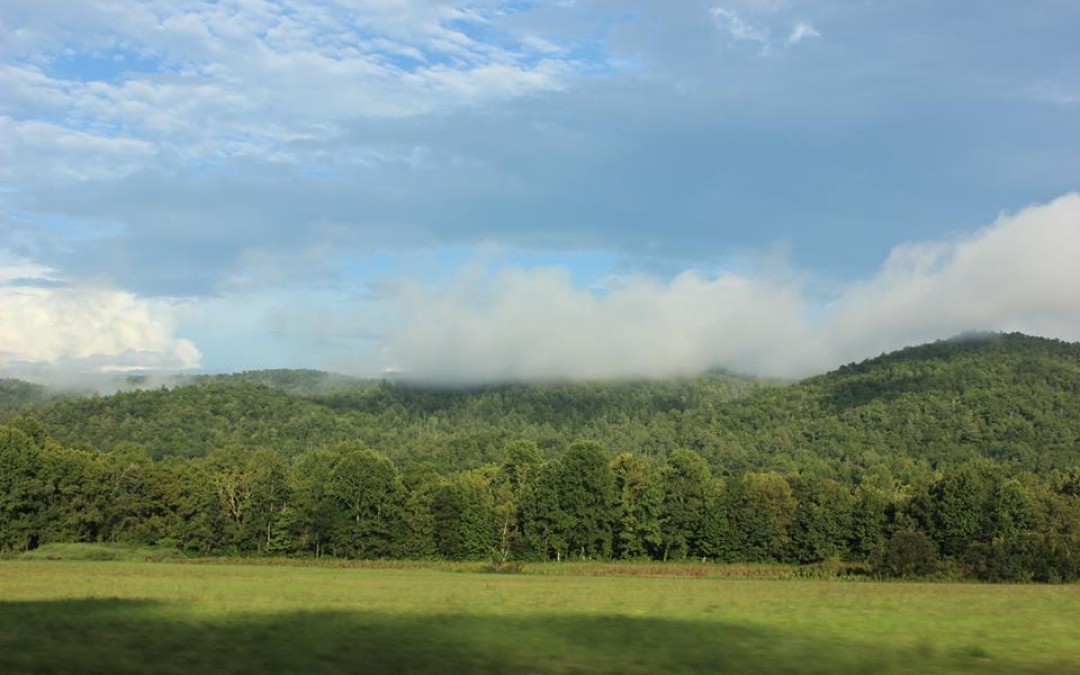
by Clayton Johnson | Apr 7, 2015 | Uncategorized |
Some mornings, when I’m sipping my coffee, I think back. I think of what coffees this particular brew reminds me of, perhaps memorable conversations I’ve had the week before. I think of times I worked behind the bar or even back when it was everything was new to me years ago. Now, coffee means so much more. Today marks our first month of blogging and it feels good. It seems like every post gives me a new outlet, a new lens to see coffee through. While Tuesday’s posts make me research and explore coffee, Fridays become this meaningful experience with it. Today I’m reflecting on our Tuesday posts so far: green coffee (how it’s produced), local trends, commercial brands, and real-world economic impacts (Rwanda and Burundi). In my reflection, I notice how they are all coming together, and I’ll explain that in a bit. Rewind a bit and I was strolling through my twitter feed and noticed some movement. Barista Guild of Europe started a new campaign recently called ‘Dialogue’ in which they are producing a free, educational resource to start a conversation amongst European baristas (but I’ll invite myself to the party #Merica). Their first post, “Coffee farm economics – adding context to the ‘c’ price,” came last Friday and brought together so much of what we’ve been talking about: green coffee, livelihoods, and comparing costs of specialty coffee and commercial markets. You can read the entirety of their scientific inquiry, but I’m going to talk about some key points and see if we can expand any. Dale Harris (@acousticcoffee), author, got the help of Salvadoran coffee grower...






